Austin Channing Brown figured out at seven why her family selected her characteristic first name. She’s been dealing with the facts of America’s tumultuous relationship with ethnicity ever since. When she grew up, among her predominantly white school and the Black cultures she encountered through her parents and her community, she sensed a sharp contrast.
Austin went on to work with organizations that promote compassion and empathy among Christians. Yet rarely was she well away from the reality of racism. We’re very far away from a genuinely equitable culture. Nevertheless, she has been determined to work for that aim.
Try Audible and Get Two Free Audiobooks

Chapter 1 – Austin Channing Brown discovered when she was growing up that being black caused white people to view her differently.
One day, years ago, when the writer was seven, in her very favorite location, the library, she made her way towards the front desk. She had to check out a large pile of books.
Yet it puzzled the librarian. She gazed at the library card, lifting her eyebrows. Was it her card? The writer recognized the issue. “Yes,” she muttered, “Austin’s my name.”
This was not the first time that misunderstanding had been caused by Austin’s identity. Then she asked her parents why she was named by them.
Her mother clarified that they had selected a name that they hoped would help her step on in life. A name that made it sound like she was masculine and white on record.
It had blown Austin’s mind. She already knew that “Austin” was generally the name of a man, but she didn’t know it was the name of a white man. This was just the beginning of her dawning awareness of race’s importance.
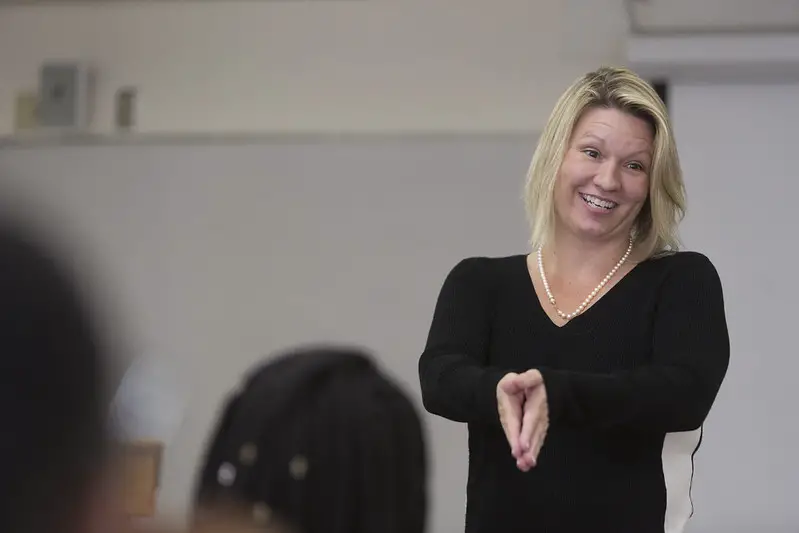
Austin’s family was black, but most of the schools she visited were white. That was in the late eighties and early nineties. Back then, color blindness was the common solution to race issues-the notion that persons should appear not to see racial distinctions at all.
But the tactic did not always promise Black students like Austin a safe environment. She was named the N-word at grade school. She heard a white friend accusing affirmative action even in her senior year for her inability to get into her first-choice college.
Other events often gave her concern, as when a well-liked instructor gave her class a surprising admission. The teacher told her students that she had just learned she had made a racial assumption. The teacher felt that if two black students were seated next to one another, the lesson would be interrupted.
In acknowledging this, Austin saw the positive will of the tutor, but the realization left her uneasy. That type of prejudice still happened, she hadn’t known. She unexpectedly became conscious that all the teachers at her school could be secretly criticizing her.
Austin had understood after the library event her race influenced people’s views of her. Now, she was beginning to see how far those assumptions were going. It went past name-calling and abuse to bigotry. It was in everything.
Chapter 2 – Austin realized at college that many Americans are also trying to get to grips with Black culture.
Austin got to know many black cultures outside of education. Her freshly separated mother moved to a mainly-Black Cleveland neighborhood when Austin was eleven. There was a cultural shock visiting her, and Austin was mocked by the Cleveland children for “acting white.” Gradually, she made acquaintances and began to appreciate the Black culture she explored.
When her father introduced her to a lovingly accepting black church, she discovered another new culture. Austin felt welcome there instantly.
And she went to college afterward. She had black teachers for the first time in her life that became inspiring to her. But some of the most valuable lessons she acquired came from time spent with classmates, and that was made abundantly clear by a challenging trip to the South.
The tour was intended to educate the students about slavery, but a weird, insulting encounter was the first part of it. The guides gave a filtered interpretation of history to them on a Louisiana cotton plantation. They also stated that the enslaved individuals were content. And afterward, the students were asked to try picking cotton, half of whom were black.

Afterward, it made for an entertaining bus journey. In this glamorization, the black students articulated their frustration, but the white students were inclined to accept what they had just been taught. This was an uncomfortable break. Soon, things would get even more uncomfortable.
They stopped at the Lynching History Center, packed with disturbing images of people hanging from bridges, burning bodies, and smiling white people watching.
The white students shared their surprise back at the coach. Some decided to separate themselves from what they had been experiencing. It wasn’t their responsibility, they added.
But the black students felt that the exhibition was very intimate. One of them also said she was beginning to believe that white people were all simply cruel. The mood became highly nervous.
There was one white student proposing a confrontational thought. She said that in the face of what she had heard, she felt powerless, but no longer felt that she could stand by and do nothing. For her, it was necessary to get active.
Austin decided she needed to dedicate her life to working for racial justice, too.
Chapter 3 – It is frustrating being a black woman in a white-majority corporation.
It was for Christian churches that were overwhelmingly white when Austin began work. These organizations have also argued that they are diverse and inclusive. There was such a different reality. The job was also a stressful experience, particularly though people were trying to be sweet.
Just consider: in the morning, you show up in the hallway, and a variety of people ask you if you’re searching for an advocacy center instead of your own office. Then you get to your office, where your hair is maybe complemented by a white colleague, who immediately reaches out to stroke it. She looks hurt and puzzled as you step back.
This is the kind of thing that exists every single day.
Image this next: Your manager is calling you to her office. The colleague who grabbed for your hair whined about how awkward you made her feel. Your manager blames your mentality and advises you to strengthen your team-working skills.
She critiques your tone when you attempt to react, too. Right now, she doesn’t care about how you might react.

That day, you’re trying to silence the sounds surrounding you with some headphones on. Most workers do so. But someone remarks, just to you, that the earbuds make it appear that you don’t like the company of your associates.
You’re even asked by a colleague about what they heard on the television about urban crime. It is believed that you are the resident authority on all race-related stuff.
Some person walks up to you and tries to chat about a proposal that you have never heard about before. You manage to figure out which Black colleague she’s mistaken you with after a while. You’ll tell her respectfully. She feels shocked, then flees.
You send a briefing later that meets with a tentative reception. A peer interjects what you “meant” to say with his feelings. And then can individuals tend to show that they understand.
None of these are extraordinary accidents. For somebody like Austin, they’re just a part of everyday life. And while none of them are supposed to trigger offense, they are also doing so.
And they are piled on top of each other, being extremely impossible to work with. People spend the entire day presuming that you are bad, exotic, and violent. They want you to work as a race spokeswoman anytime they want you to. They disregard you until you have white approval for your views.
Who’s not going to be drained?
Chapter 4 – It puts a burden on black people to make white people work through racism.
Part of Austin’s study is promoting white people to learn about racial concerns. And she’s had success. In fact, she was too successful often.
One year on MLK Day, Austin and Jenny, a white college acquaintance, addressed a church audience with their accounts, along with an account of the bus ride to the lynching museum. They were praying that the congregation would get past their interactions, which they did.
Austin arrived at a huge line of white people off the floor trying to admit stuff to her. They confessed their secrets one by one: I used the N-word once, I never kissed a black person, I didn’t stick up for a person of color with whom I served, and so on.
In the meantime, Jenny was not contacted by anybody. All this white blame was stacked purely on the black woman.
There is a bright side of white shame, of course: it is an indication that a white individual is challenging their conduct and rights. Yet it’s evident to Austin that white shame is closely tied to white privilege. All their blame is turned over to her by these white people because it is just too hard for them to handle.
However, at other moments, the individuals Austin has sought to support have not been able to face their biases.
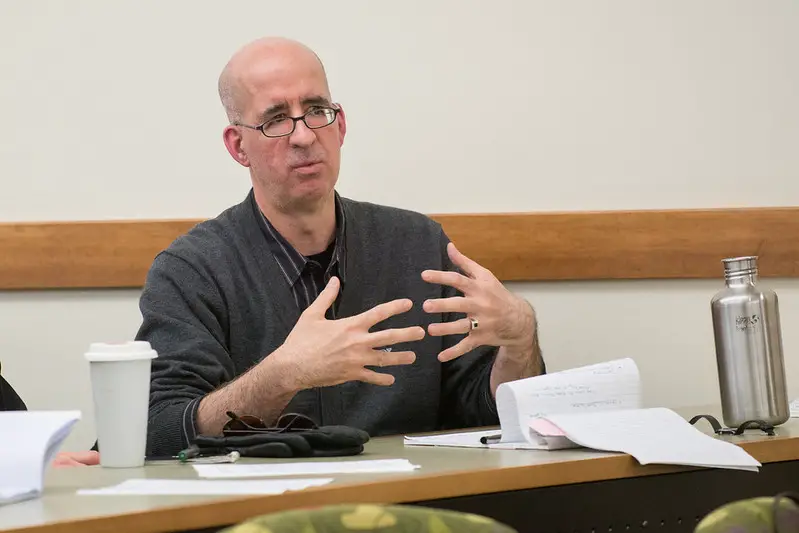
When she was planning trips around a black community in Chicago, one scenario occurred. The two-day journey was meant to explain to people the work that her mission was doing to support the world. But by the end of day one, one youth group who had registered was overwhelmed with anxiety. They could hardly get off the bus, horrified by thoughts of gun abuse.
One of the group members, an unhappy parent, declined to accept that Austin was actually in charge. He scolded her for the perceived risk that she’d put the group in. That was why she missed it, at last. She was asking the group to quit.
She’d had enough on one point. But she was still defending the people of the Black community within whom she was expected to bring this racist community, as well as her workers. If the youth group had not quit, it is possible they would have ended up getting hurt.
There are limitations to how much you can do to better change yourself and other people. It is sometimes terribly sluggish to work for a more just world.
Chapter 5 – America has to do more to educate its Black people of their real past.
The party had been learning about slavery at a diversity awareness session that Austin was part of. There was one lady weeping and sobbing. She did not believe what she had found out.
“I didn’t know,” she whispered.
The woman felt furious and embarrassed that no one had ever told her any of this before.
She didn’t know it, she responded. She was ignorant that slavery was on purpose. She had thought it was all just a horrible mistake of some kind.
That lady had a point in a weird way. The past that America teaches is not truthful enough. It’s time for the story to be properly told.
White supremacy is now entangled in the history we teach. We will only work for a sustainable world by resolving this, by telling the facts about our past.
Gliding through an American education is so simple without addressing the realities of slavery adequately. Consider the remarkably brutal way that people have been abducted and shipped across the Atlantic in Africa. Or the fact the Southern economy was based on the possession of slaves. Or simply the fact that, in the Civil War, so many Southerners wanted to fight for their right to enslave others.
The racial discrimination laws of America’s “Jim Crow” only recognize offensive signage and allegedly slight discomforts for too many blacks, such as Black people needing to use separate toilets, but discrimination influenced every part of Black life. And all too much, without knowing how hard-fought it was and how much blood was shed, we applaud the civil rights struggle.
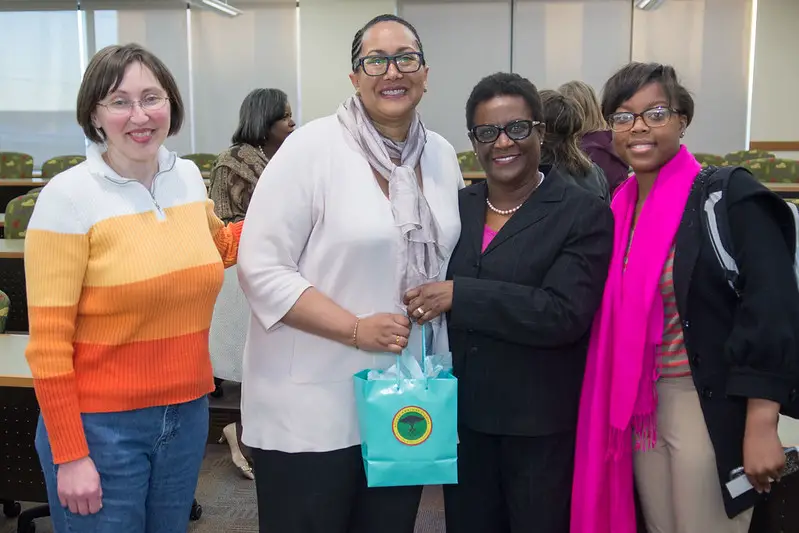
For white people, like the tearful woman in the workshop, coming to terms with the past of slavery can be difficult. Yet even the day-to-day realities they encounter can be deeply irritating for black people. In 1961, James Baldwin, an essayist, wrote of the constant frustration he had about how Black people were treated. Today, the same remains true.
Yet rage can be a positive force, Austin has learned. It is her dissatisfaction that drives her job and encourages her to make a difference.
In the temple, think about Jesus: loaded with indignation at the dishonest traders, and throw them out. This was, yes, rage. It was indignation, however, that threw out the wealthy and crooked and accepted the weak and wounded.
Chapter 6 – Black people rightfully experience anxiety because they live in a white-centered society.
Austin’s white friends also seem surprised when she phones her husband right after she talks with them. It seems adorable to them, perhaps, like they’re inseparable. It doesn’t sound very feminist.
But there’s a legitimate reason for Austin to make the decision. It’s their way of ensuring that they’re secure with each other. And they can’t take that for granted.
Really, for herself, and others close to her, she’s overwhelmed by terror. Fear of her father driving around white rural areas; fear of her husband if he is stopped by the police; fear of her unborn son and all the unfairness he’s going to face.
A clear instance of why this insecurity remains is the tragic tale of Austin’s nephew, Dalin. He was convicted of drug offenses and detained several times. He got, for the third time, a minimum prison term of ten years.
He died before his term was up. The jail guards forgot to inform Dalin about a thunderstorm that day, and when it came, he was outside. Lightning hit him.
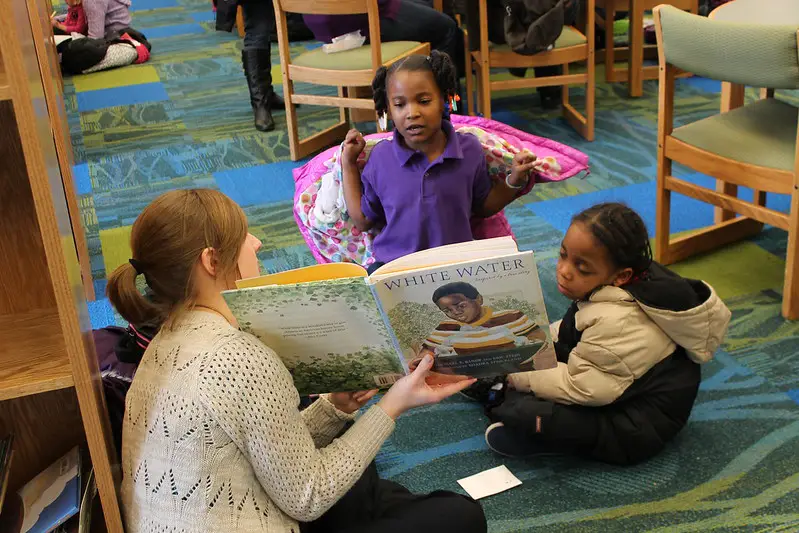
Learning the story, Austin came to know all the aspects the system had disappointed her cousin, and not just in the horrible failure that led to his death. His compulsory minimum term of ten years was unfair to the offense that he had performed. And what about how he was handled by the police before being locked up?
Yes, Dalin was a drug dealer in prison. But was that destiny he deserved? Not of course.
There are lots of other warnings for Black people of the hazards all around. One case was Ferguson. Demonstrators filled the streets after Michael Brown was shot by a cop in August 2014. But so did the cops, and with riot gear, tear gas, and even tanks, they equipped as if they were going to fight. The comparison was drastic with the casually-dressed demonstrators, who had a good reason to demonstrate.
And then, of course, in June 2015, there was Charleston: a white nationalist attack at a black church. The church was one spot that Austin had always, before then, felt protected.
Still, it was from the culture of her church that Austin gained strength: praying united, singing together, standing in harmony together.
Chapter 7 – We are far from an egalitarian world, but we have to believe in incremental progression.
Ta-Nehisi Coates wrote profoundly on something that seems to get forgotten in his influential memoir Between the World and Me – just how long slavery existed.
An African-American born about 1750 may have had great-grandparents who were slaves and could have been slaves by their great-grandchildren. What dream did they have in their lifespan of ending slavery? None whatsoever. Yet they were also persevering and resisting.
Austin realizes, too, that her grandchildren are highly improbable to live in a culturally equitable world. It’s not only going to fix itself within a few centuries, the challenge is broader than that and wider than that. What we can do is move for the purpose steadily.
Most of the work that is done on race issues is shallow, especially in white-majority organizations such as the Christians known to Austin. They might talk about any Black people attending their gatherings, hiring people of color, or having racist debates. That’s far from sufficient, though.
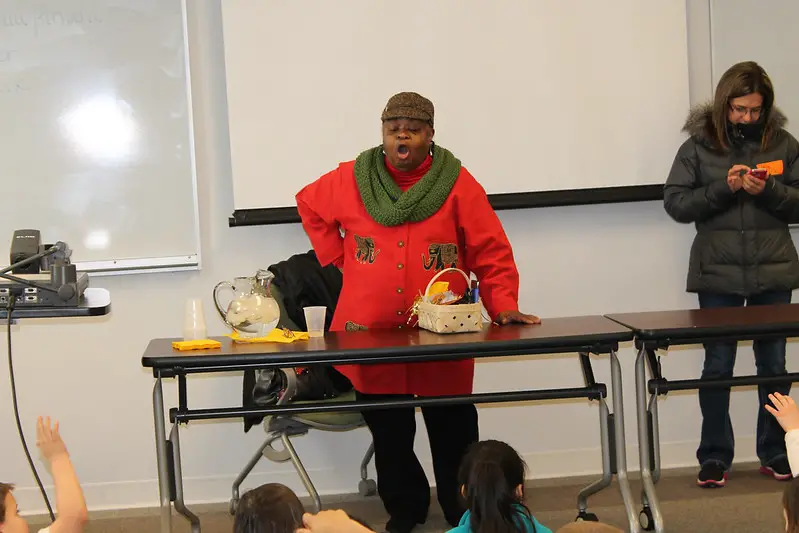
More cautiously, we need to learn about what racial integration entails. And it’s not just about getting white and black people together to get along. It’s not about making white people feel good about themselves simply because they make an initiative.
It is important for recovery to be directed towards actual, systemic reform. We need to build a society in which oppressed people have a place at the table, where they don’t have to struggle to have their opinion heard for their whole lives.
It may seem unlikely to have a fully egalitarian country, and we’re definitely a long way from. Yet we are willing to see change through several years. Slavery ended; apartheid ended as well. We are getting there bit by bit.
Many living now, like that enslaved person born in 1750, may never see their hopes fulfilled. Holding on to hope can be challenging. While we like to believe in hope as powerful, it may feel fragile and worthless in fact.
What’s crucial is that we continue working and have faith — that we are doing our part to strive toward a better world.
I’m Still Here: Black Dignity in a World Made for Whiteness by Austin Channing Brown Book Review
In a world designed by white people, it is difficult to be black. They also betray a profound lack of empathy even though white people are well-meaning. But we will inch ourselves closer to a fully egalitarian country by gradual, relentless effort and a more detailed and unflinching look at America’s past.
Try Audible and Get Two Free Audiobooks
